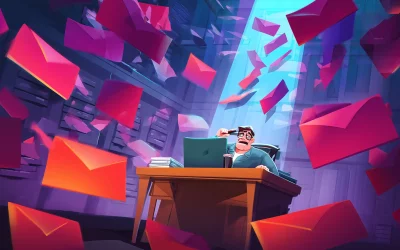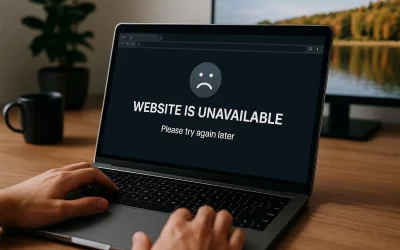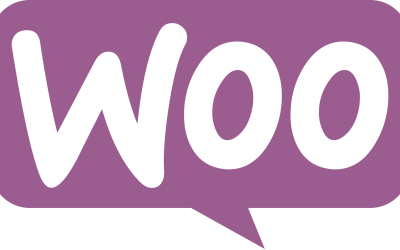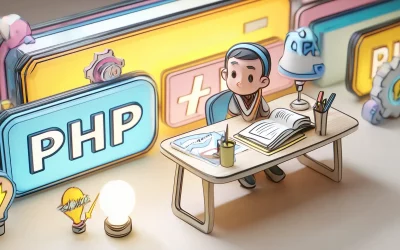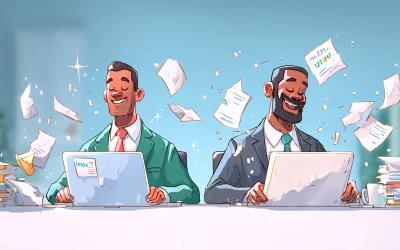Have you ever thought about what it would be like to design a website without using cheat sheets? Most people don’t think about the complicated steps that go into designing a website. Websites are not just pretty pictures with the text on them. There is so much more than meets the eye. It isn’t until you start designing your own site that you see how much there is to know and understand about website design. You will be working on different elements, including navigation, fonts, colours, images, and more. This guide will help you learn what you need for your web design project so that it’s professional, clean, and user-friendly. This guide will also show you how to use cheat sheets to design an awesome website!
What is a cheat sheet?
Before we get started, you might be wondering what a cheat sheet is. A cheat sheet is a simple, one-sheet reference that has the most important information from a larger document. In this case, it will be a one-page reference for web design.
This cheat sheet can be made of simple dot pots or website links just for a quick reference. This way you do not find yourself constantly on Google trying to find answers for all your questions or it can just simply have a list of the tasks that you require to do and the order of doing them.
There is no wrong way to make a cheat sheet
Why You Need A Cheat Sheet
There are many reasons why you might need a cheat sheet when designing your website. First of all, it will make your workflow more efficient. If you are working on multiple projects at the same time then having a cheat sheet will help you to manage your time efficiently. You can use one document that has all of the different elements for each project so that you don’t have to flip back and forth between tabs. Secondly, using cheat sheets is a great way to save yourself from making mistakes. Picking the wrong font or colours could be costly in the future so it’s best to know what choices are available before picking one. Lastly, cheat sheets are helpful for making sure everything is uniform throughout your website design. If you decide to change things up later on down the road, it can be difficult to update your design without messing up everything else in the process. But with a cheat sheet, you’ll be able to make quick and easy changes with little effort.
The Elements of Web Design
The navigation is the first thing that you will want to design for your site. Navigation is what allows your visitors to browse through the site. It should be simple, easy to understand, and clean. You can use buttons or tabs for your navigation. Fonts are another important part of web design. They can help people connect with your website, so you want to make sure they are not too small or hard to read. You will also want to think about colours on your site because they can have an impact on how people feel about the website. Google’s Material Design https://material.io/design has guidelines that you can follow when choosing colours for your website design. When it comes to images, you always want them relevant and high quality because this is what will be drawing in new customers or readers of your site content. You should have graphics on every page of your site that are eye-catching and represent the business well.
Designing With A Cheat Sheet
Designing a website with cheat sheets is beneficial for both the designer and the project. Designers will be able to work more efficiently because they will have all of their information in one place. The site will also be easier for the user to navigate because there is less clutter on the page.
The benefits of using cheat sheets don’t stop there. Websites are expensive, so you want everything to be as professional as possible, which is why you should use cheat sheets. Not only does it help keep your design organized, but it also makes your site more professional. It saves you time and energy because you won’t have to go back and fix mistakes that could have been prevented with some organization beforehand. Cheat sheets can be used for any type of design project, not just web design.
Conclusion
Web design is a tricky thing. You have to think about things like content, audience, search engine optimization, and so much more. On top of that, it’s tough to keep all of these things in mind without a cheat sheet. But with a cheat sheet in hand, you’ll be able to create a website that’s efficient and effective in reaching your audience and achieving your goals.


